Aswan, the largest city in Upper Egypt, is a Nile-front paradise, where felucca sailboats gracefully navigate the river and its many islands. Aswan was regarded in the ancient times as the gateway into African trade routes, and today maintains its unique mix of Arab and Nubian culture. Across the water, West Aswan and Elephantine island are brimming with picturesque traditional Nubian homes, beautiful gardens, and ancient ruins from the Pharaonic, Hellenistic, Coptic, and Islamic eras.
There’s no shortage of things to do in Aswan; I spent a week exploring its many sites, and still didn’t see everything!
Sailing on a Felucca Boat
Aswan is famous for its simple, one-sailed vessels called feluccas. The warm, breezy weather in Aswan is perfect for sailing, and one can spend an entire afternoon touring the area by boat.
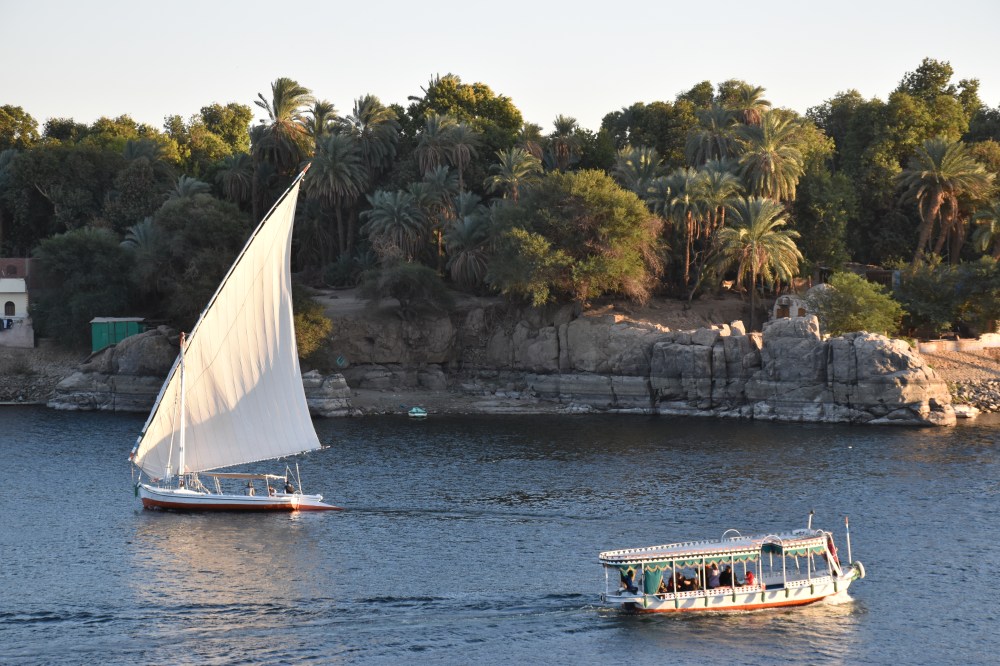
For only 50-80LE/hr ($3-5 per hr), feluccas are an inexpensive mode of transportation. There are public ferries everywhere in Aswan, but many opt to take private feluccas instead, for the experience!
Elephantine and Kitchener’s Island
Accessible by public ferry or private boat, Aswan’s two largest islands are stunning, flowery escapes from the busy city.
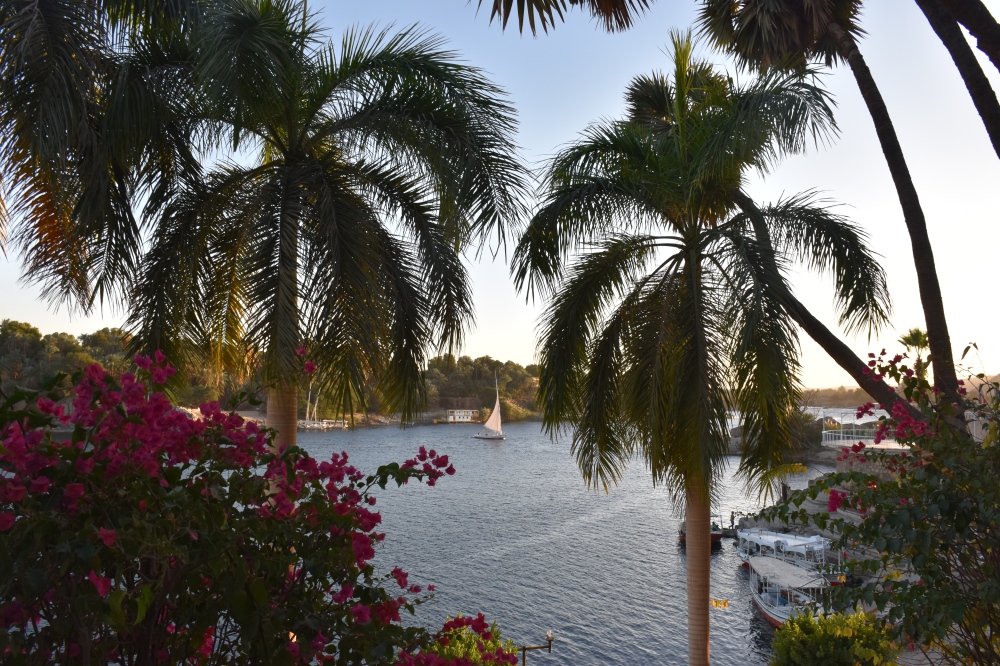
Elephantine Island is composed of the two Nubian villages of Koti and Siou (See-you), with ancient ruins on the southernmost tip, and the Movenpick resort on the northern side of the island. Enjoy traditional Nubian food, music, and colorful architecture, visit the reconstructed temples at the Aswan Museum and wander through the village streets.
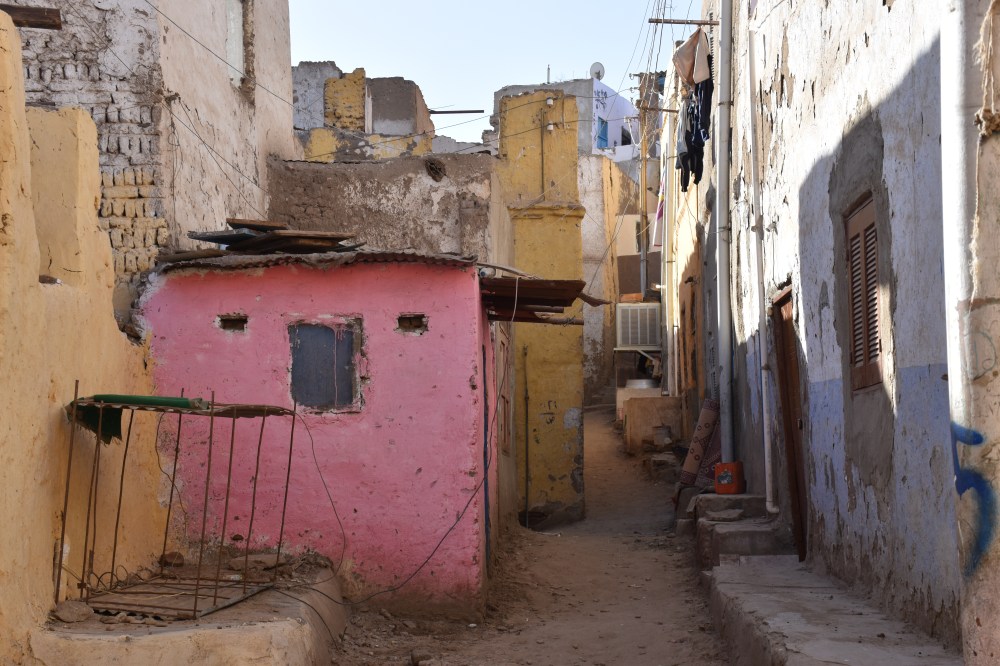
The majority of Kitchener’s Island is Aswan’s Botanical Garden, which blossoms with African and Asian flora all year around. The views from Kitchener’s island make it the perfect spot for sunset or a picnic in the park.
The Philae Temple and Islands of the First Cataract
Further up the Nile, on Aglika Island, lies the Philae Temple. This impressive temple was the stronghold and pilgrimage site of the infamous ‘cult of Isis’, which resisted the spread of Christianity longer than any other Ancient Egyptian pagan group.
After visiting the temple, motor over to Biga Island, for lunch and a panoramic view over the temple complex. Before heading back, boat around Heisa Island to view some cliffside Nubian villages.
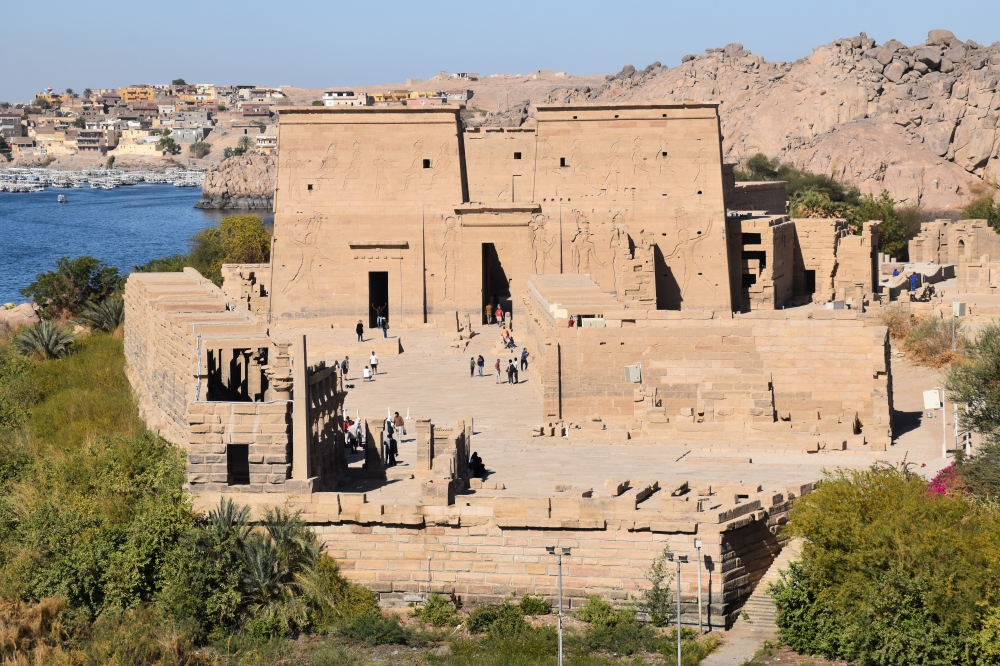
There used to be nearly 50 Nubian villages in this area, but after the damming of the Nile, the rising river submerged them and threatened to destroy many ancient Egyptian monuments as well. Philae temple and several others were carefully moved from their original sunken locations and perfectly preserved.
West Aswan’s Nubian Villages
Across from Aswan, past Elephantine and Kitchener Island, is West Aswan, a Nubian area of more than 20 villages. West Aswan is tourist-free and authentic. Here, you can drink tea with the locals while taking in the scenery. This quiet residential area is very peaceful and feels worlds away from Aswan proper.
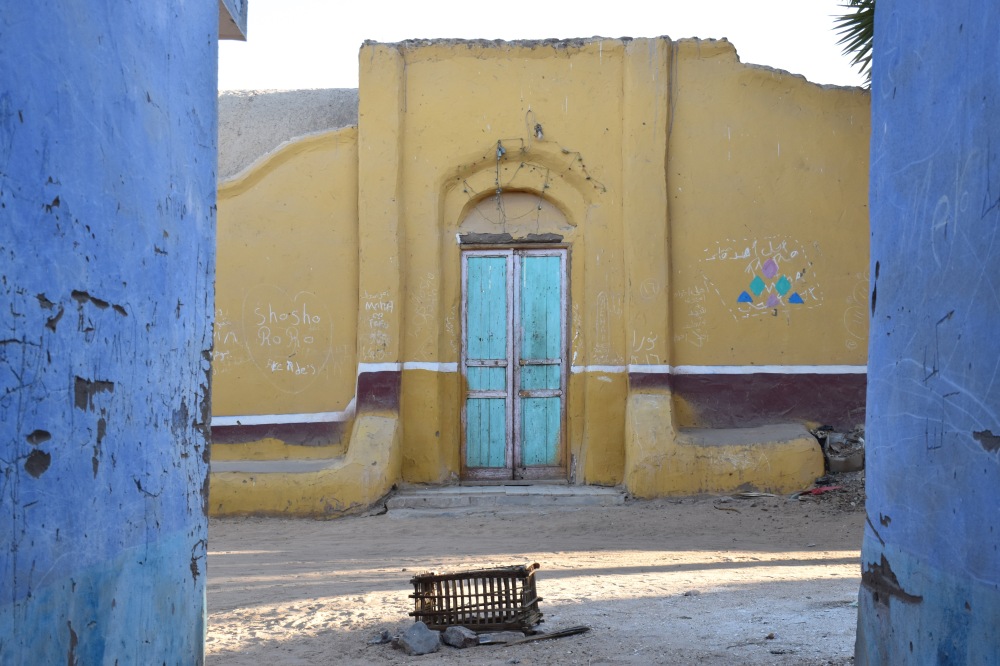
The Tombs of the Nobles
Located on the sandy hills above West Aswan, the Tombs of the Nobles complex houses more than 3000 tombs of important rulers and their families. The tombs are carved into the stone caves and the original paintings are well-preserved. For a small tip, a guide will personally escort you to the best-preserved tombs, and help you climb to the top of the mountain which overlooks East and West Aswan.

Camels and guides are also available and needed in order to reach the Monastery of St. Simon which lies on the other side of the mountain.
Shopping in Aswan
The prices here are by far some of the cheapest in Egypt. Aswan’s long Shariya al-Souq or ‘Market Street’ stretches all the way from downtown to the train station. A market for tourists and locals alike, the souq sells everything from trinkets and antiques to traditional clothes, teas, spices, fruit, and vegetables. This is the place to stock up!
Nubian and other African products such as wooden masks, woven bags and clothing, and pumice stones from Sudan are also available here. These kinds of crafts are not sold in Luxor or Cairo and are incredibly inexpensive despite their workmanship.
Day Trip to Abu Simbel
The Temples of Rameses II were moved from their original location to Abu Simbel, a town only 50km from the Sudanese border. Located on Lake Nasser, the temples feature colossal statues and immaculate paintings and carvings inside. The trip is roughly 4-hours each way, and regular inexpensive tours leave from Aswan at 4am and return by 2pm, giving tourists 90-120 minutes to explore the two temples.
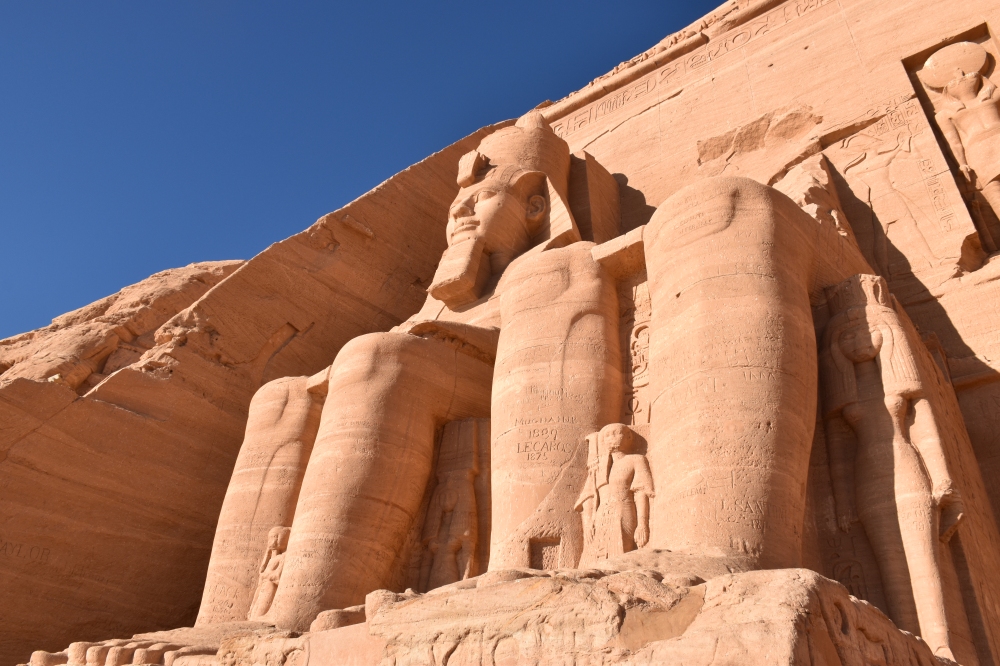
(This is not nearly enough time to fully appreciate the temples and relax by the lake, so full-day and overnight trips are also available, but by request only.)
Aswan, one of Egypt’s most culturally diverse and ancient cities, is sadly often overlooked. With hot weather all year long, Aswan is a perfect winter getaway.
5-7 days can easily be spent in this area of Upper Egypt, using Aswan as a base, to visit Abu Simbel and other local sites. From sailing the Nile on board a felucca to exploring temples and the Tombs of the Nobles, there’s no lack of things to do in Aswan.
One Comment Add yours